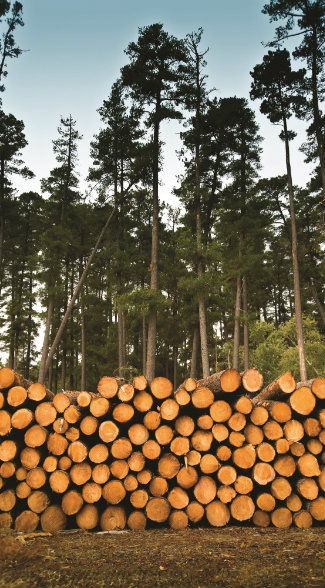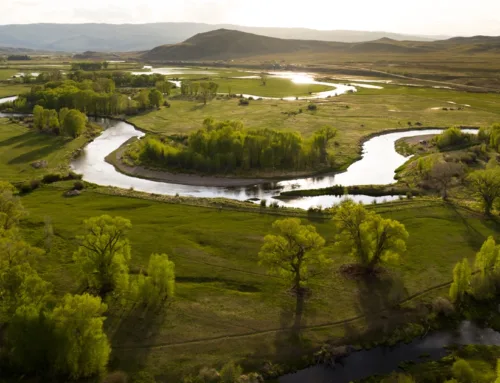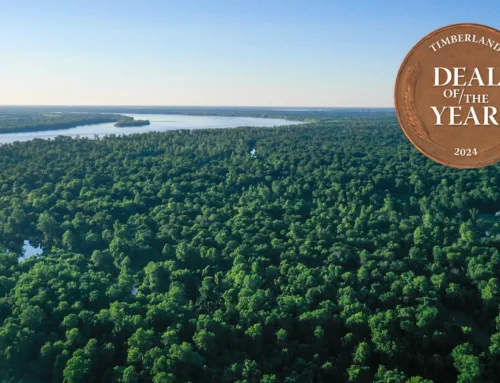The Investment Issue: Carter Stilley Mitigation Bank
The Investment Issue: Carter Stilley Mitigation Bank
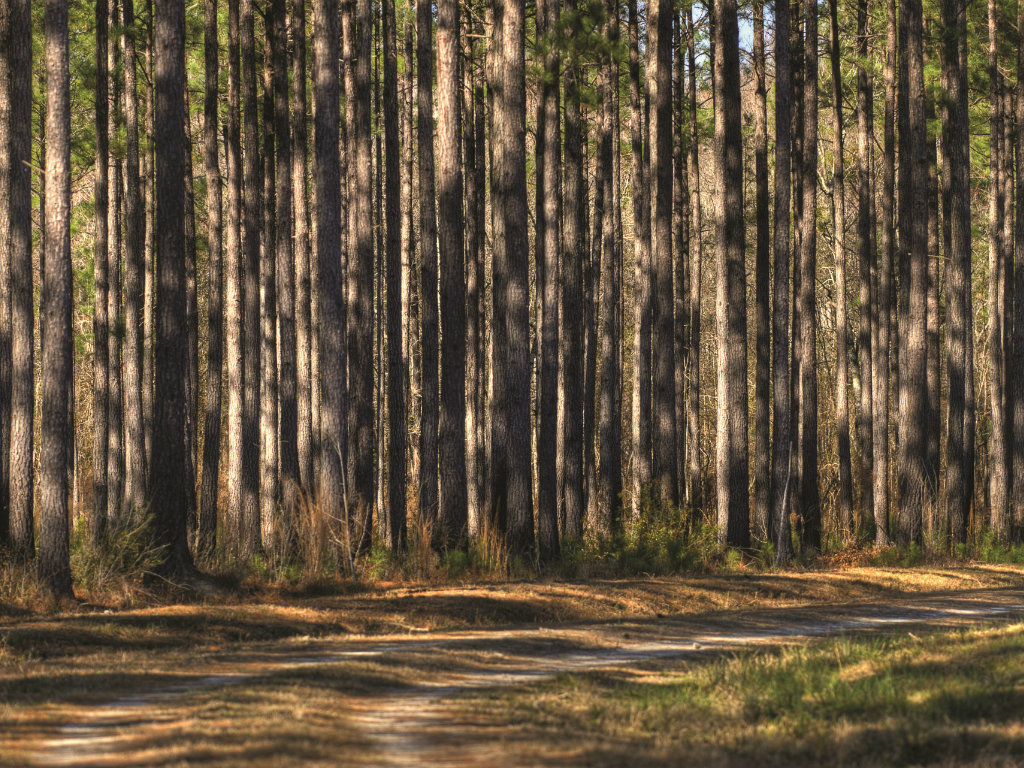
CarterStilley01_fi
Doing well by doing good has enabled American Timberlands to consistently beat market returns
Text by Corinne Garcia
For centuries, timberland has been recognized as a proven performer, an investment that has not only girded portfolios but has also formed the basis for multi-generational estates. Numerous Land Report 100ers own timberland, including Maine’s Pingree family, whose holdings date back to the early 1800s. One key attribute is that timberland weathers market turmoil far better than financial instruments. A recent NASDAQ study noted that “Timberland returns show significant positive correlation with inflation, while stocks and bonds do not.” Yet in the right hands, timberland can do much more than better the market. It can better the land.
Few Americans realize that our country’s most valuable cash crop isn’t corn or beans or even marijuana. It’s timber. Makes sense, doesn’t it? Consider the value of a felled tree. Now factor in hundreds of millions of acres of forestland in the United States. But such a large scale also implies very typical returns. A good rule of thumb is a 6 to 8 percent annual return based on two factors: the biologic growth of the timber and the appreciation of the land.
“We’re investing in land that has options for management opportunities that will provide other returns,” says American Timberlands CEO Thomas Rowland.
“Timber is the basic attribute. But we’re looking for land that has other attributes that we can manage simultaneously to timber. We’re looking for environmental mitigation, mining, commercial opportunities, conservation, and in a few cases, low-density real estate development,” Rowland says.
Wetland mitigation banking has proven to be one area that accelerates returns while aligning with the company’s skill sets as well as its mission to be land stewards.
A paramount example of this would be American Timberland’s Carter Stilley Wetland and Stream Mitigation Bank. The 1,304-acre tract near South Carolina’s Myrtle Beach was prime wetlands until a paper and forest product company acquired it in the mid-1900s. After felling the hardwoods, Carter Stilley was ditched, drained, and converted to upland to facilitate faster growth. For the next 70 years, it was a pine plantation. When American Timberlands acquired it in 2014, it was in rough shape.
“By virtue of our experience working for forest product companies, it’s very easy for us to identify sites where this kind of thing has taken place,” Rowland says.
First, the pine trees were harvested. Then, native hardwood species were planted. At the same time, wetlands were restored. Today, Carter Stilley looks much like its former self.
Not your typical timber investment, right? Well, there’s an added twist. Take the initial timber value of the pine. Restore the wetlands to create a mitigation bank. Then sell the credits. The result is a hefty ROI.
The Clean Water Act states that there can be no net loss of wetlands in the United States. This means that no matter if you are the US Department of Defense, a state highway department, a real estate developer, or a private landowner, you cannot impact, fill, or destroy wetlands without supporting the creation of another wetlands within the same region. So building a highway or a shopping center can also mean buying credits from a mitigation bank such as Carter Stilley.
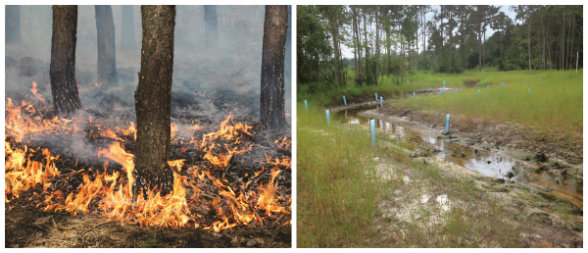
Rehabilitating a timber tract to mitigation bank standards is a substantial undertaking, one that utilizes a host of techniques such as controlled burns (left) and rebuilding streams (right).
With Carter Stilley, American Timberlands knew it was sitting on a good investment. The tract was located in a coastal wetland, and after doing some due diligence, management realized that the bank would be the first in South Carolina to have coastal stream restoration credits. “There were many stream restoration credits available but not coastal stream credits, so we knew that there was a market there,” Rowland says.
Fortunately, American Timberlands has the experience, depth, and skills necessary to bring a project like Carter Stilley together from start to finish. It partnered with an environmental consulting firm to develop the mitigation banking instrument, a document that outlines the development and credit potential of the land. The instrument also sets up milestones that have to be reached throughout the project. Credits are received when milestones are met. Upon completion, Carter Stilley had to be approved and permitted by the Army Corps of Engineers. The Corps also decides how many credits the bank receives and regulates it.
From there, American Timberlands contracted much of the project themselves at a much-reduced cost, rebuilding the stream and replanting hardwood trees to re-create the wetlands. Thanks to strong working relationships with the regulatory community and agencies that buy credits, the company is in the management phase of Carter Stilley.
Could a landowner create a mitigation bank using a property in his portfolio? The answer is yes, but the potential pitfalls are numerous.
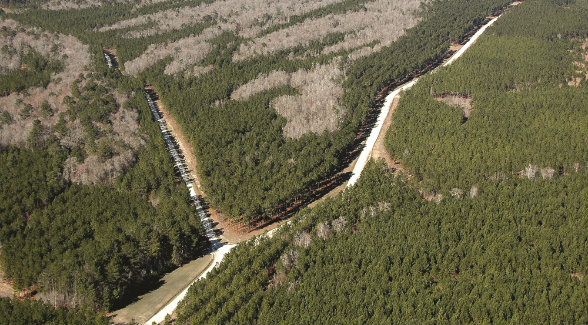
Maximizing returns from a timber tract can be a complex task that requires a skill set far more advanced than a forestry degree.
Mitigation banks are definitely not do-it-yourself projects. Fee-based consultants can assist landowners. But American Timberlands prefers working with landowners as partners. A vested interest means all parties are in it for the long haul.
“We do this because we love it. We are determined to be the best land stewards in the country,” Rowland says. “But we also do it to generate returns. As a partner, we’re driven by a different set of goals than a consultant might be. They are driven by fees, and we are driven by the returns generated from the success of the bank and the associated land investment.”
American Timberlands has found a sweet spot in the land investment business, one timberlandowners and investors appreciate on many levels. “Our mantra is doing well by doing good,” says American Timberlands Director of Capital Markets Harris Chewning. “We are doing really good things for the environment and simultaneously generating significant returns by doing so.”
For more information on Carter Stilley and American Timberlands Fund III, go to www.AmericanTimberlands.com.



